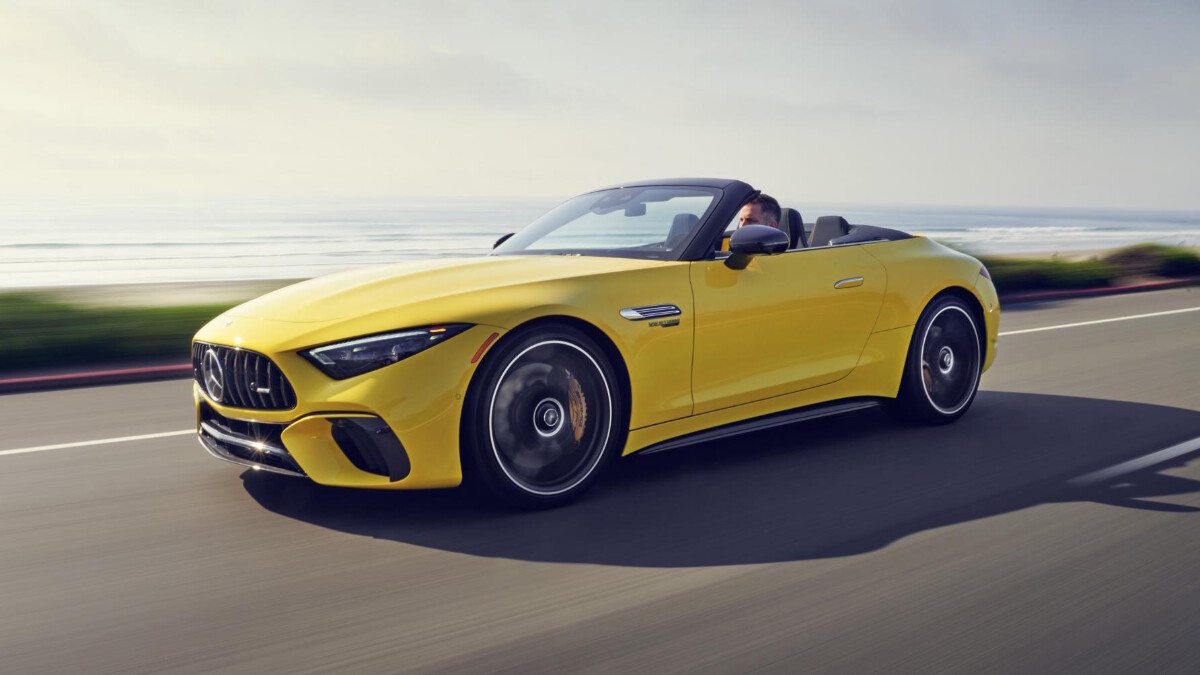The door-handle button, the headlight-washer nozzles, the sun visors, and the spare-wheel cover. That’s a comprehensive list of the parts on this new G-Class that have been carried over from the model. Apparently, there’s a bracket underneath that also has the same part number as before, but even the engineers can’t remember quite where it is. Everything else—everything—is new.
About time, really. The old G had been around since the dawn of the motor carriage (well, 1979), an old soldier still refusing to desert its post.
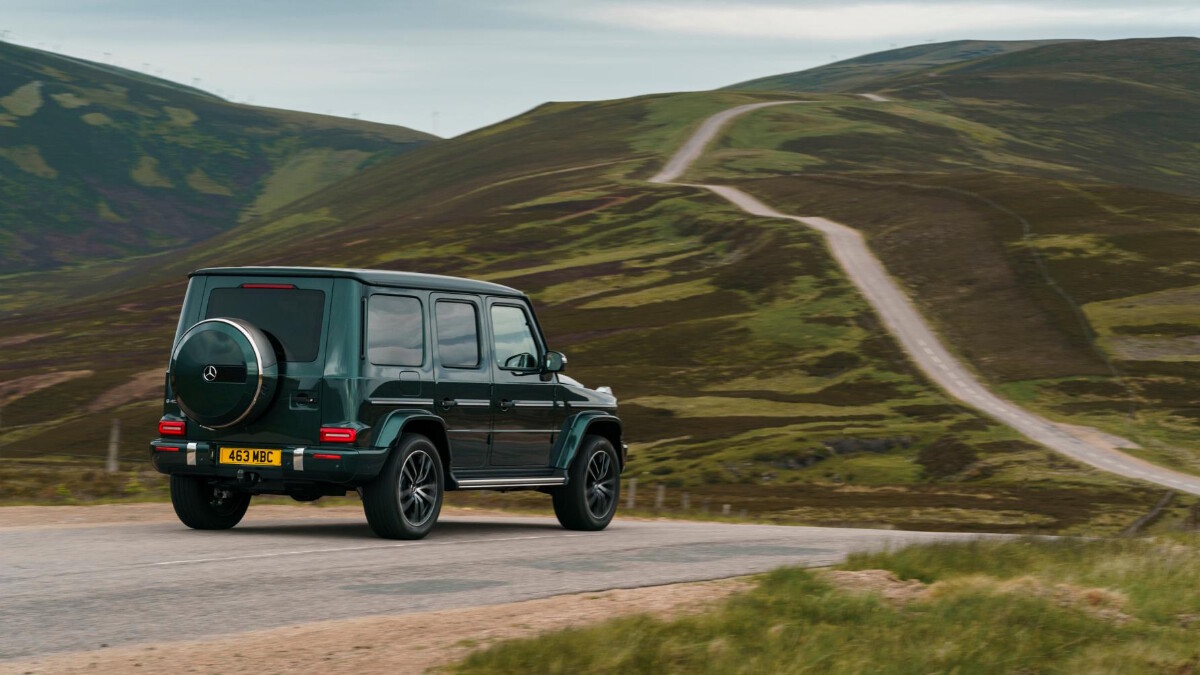
That post is off-roadability. Surely Mercedes-Benz must have been tempted to take the new one in a more urban direction, since that’s the landscape the G seems most able to conquer? “Not at all,” says Gunnar Guthenke, the G-Class’s boss. “Above all, it had to be authentic, so there were three elements we absolutely had to keep: the super-tough ladder chassis, the three locking differentials, and the low-range gearbox.”
Reassured? Off-road is still the focus, because authenticity comes from ability. But Guthenke also knew things had to change: “Again, we identified three key areas: to drastically improve interior comfort, to drastically improve ride comfort, and to further improve off-road behavior.”
The outcome is unusual: a full-length ladder-frame chassis that incorporates independent front suspension with tightly packaged double-wishbones, surmounted between the uprights by a chunky brace. The body is 55% stiffer, all the components tucked within the ladder frame for protection. The chassis itself is actually heavier than before, but overall, this G is 170kg lighter than its predecessor.

It’ll wade water 100mm deeper than before (now 700mm), can lean over to 35 degrees, and climb and descend 45 degree slopes. There’s no height-adjustable chassis because Merc doesn’t believe the suspension airbags are durable enough in extreme conditions.
Amazingly, it’s the silly AMG one that accounts for nearly two-thirds of global sales. Not the diesel, but the twin-turbo V8. It’s the 4.0-liter from the AMG GT R, with 577hp and 848Nm. In left-hand-drive markets, there’s also a G500 using a detuned 416hp/609Nm version of the same engine.
On the road
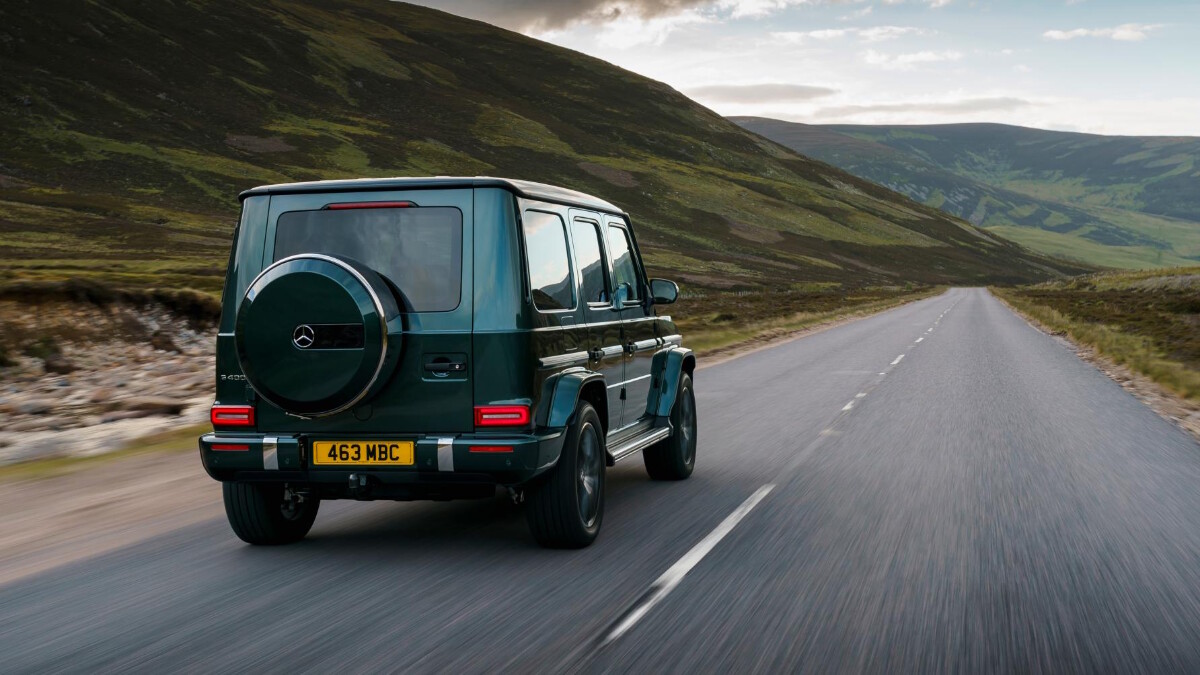
The old G-Class was an utter liability, especially the G63, almost lethally unstable and unable to cope with the demands placed upon it by the rampant engine. The new one is...a revelation. I can’t believe the transformation. Okay, it’s not a Range Rover, there’s still a trace of ladder-fame shudder and shimmy on rough roads, but the ride, the steering, the driveability—it’s on another level.
Here’s a two-meter-tall, 2.5-ton SUV that can actually be driven with some verve. No longer will you set out for a long trip with trepidation, no longer will corners petrify. You used to be able to swing the steering over a wide arc in the old recirculating-ball-equipped car, and nothing would happen. Don’t try that now. You’ll actually change direction.
There’s proper rack-and-pinion steering, and although the type of people who wear camo trousers might loathe the loss of the front beam axle (independent driveshafts now drop out of either side of the front differential casing), the newfound composure and trust is a revelation. The front end has grip, the roll is way better managed than you expect, and the G63 engine...
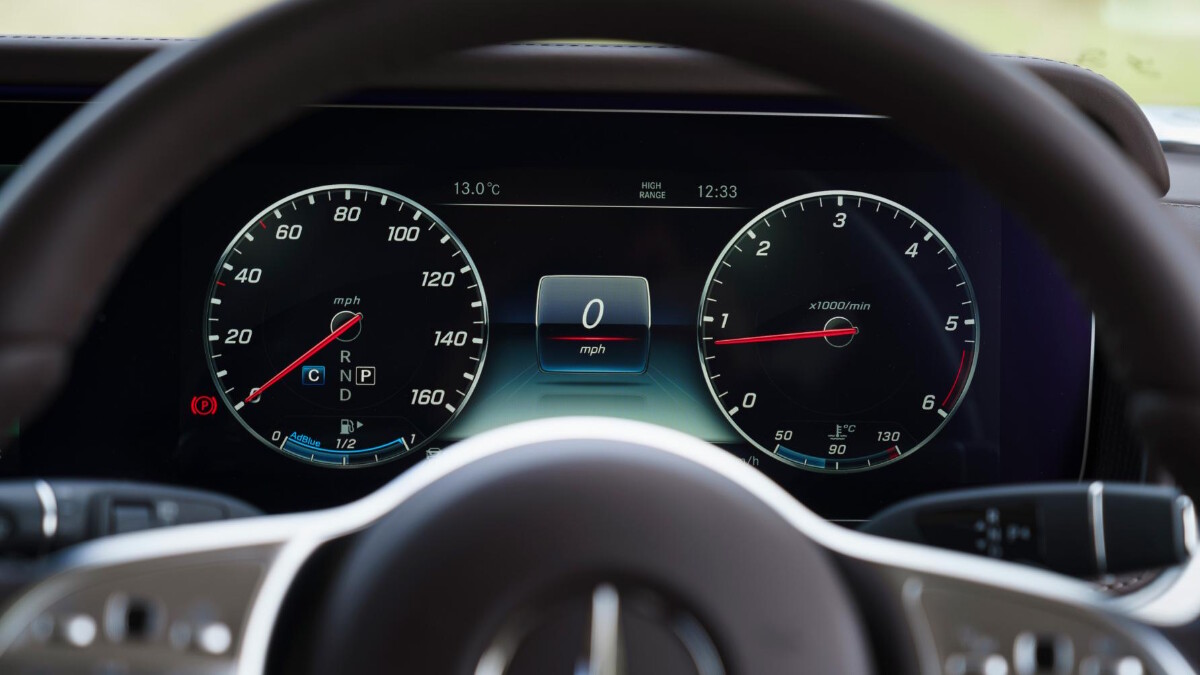
I’m still not sure it’s necessary for the G63 to be this fast. Nil to 100kph in 4.5sec is bonkers, but there’s now less disparity between the acceleration, handling, and brakes. The advantage still lies with the engine, and it’s hard to resist its charms, either the hoof-in-the-back acceleration or the accompanying V8 rumble and roar from the side-exit pipes. It is ballistically fast in a way something that weighs 2,485kg probably shouldn’t be. At least the brakes do what they’re supposed to now. That’s new, too.
Oddly for what is Merc’s least sporting car, it’s become synonymous with AMG. But there is another way to G-Wagen, and it’s the sensible G400d. The bumpers are—believe it or not—softer-looking and more rounded than the square-jawed ’63. Wheels are more modest because they don’t have to contain family pizza-sized brakes.
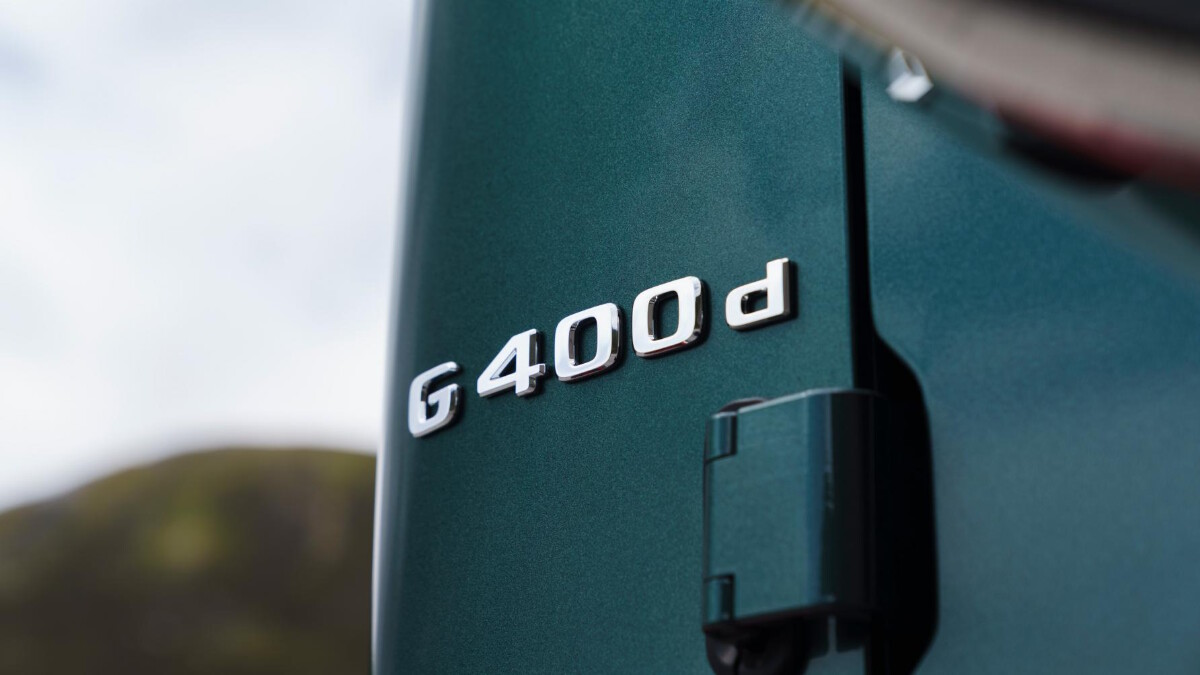
It’s the entry-level variant, replacing the now discontinued G350d but using an uprated version of the same 3.0-liter twin-turbo straight six. No tri-turbo or V8, but a useful power hike of 43hp and 100Nm over the old one, for totals of 325hp and 699Nm, the latter delivered at a mere 1,200rpm.
And that’s what matters. Having that much thump available so low down, and giving performance commensurate with your expectations. It does 0-100kph in 6.4sec, which is swift enough—quicker than a Range Rover D350 (7.1sec) even though the 2,489kg G is a couple of hundred kilos heavier. Swifter, more responsive gearbox in the Merc, too.
And by plumping for turbodiesel power, the sacrifice of a couple of seconds from the G’s 0-100kph time is repaid with a £55,000 (P3.84 million) price cut—to £108,815 (P7.62 million). It’s still a phenomenally expensive machine, but at least this one might crack 8.5km/L.
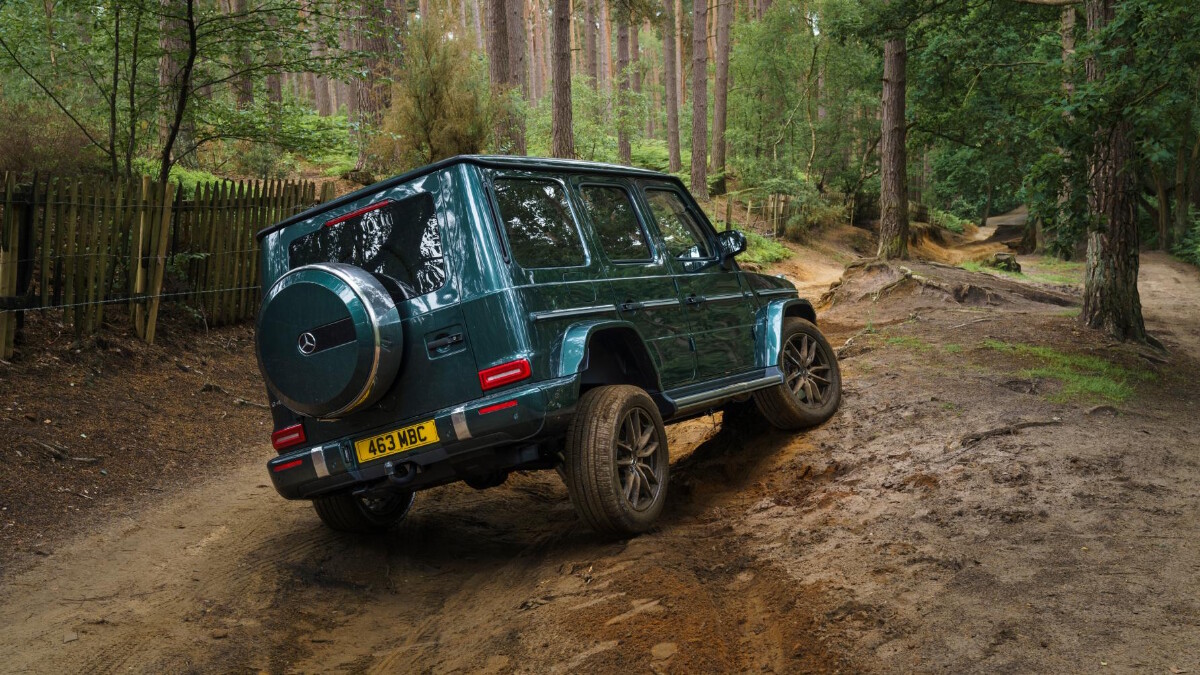
So on-road, it has the composure and manners that may not better a Range Rover in terms of smoothness and silence, but do at least make it a realistic alternative. And off-road, it can do things that are literally unbelievable. Pressing the center diff-lock button changes the modes from road settings—Comfort, Sport, Eco (!), Individual—to G-Mode, which can be left to do its own thing, or you can pick from Sand, Trail, and Rock positions, where the settings of the suspension stiffness, steering weight, and engine are adapted accordingly.
But it’s what happens when you lock the rear and front differentials and select low range that’s uncanny. The G-Class becomes unstoppable: You just point it at stuff, take it slow, and all that torque meters itself out in an entirely different and much more precise way. It is imperious off-road, and feels ultra-durable and tough.
On the inside
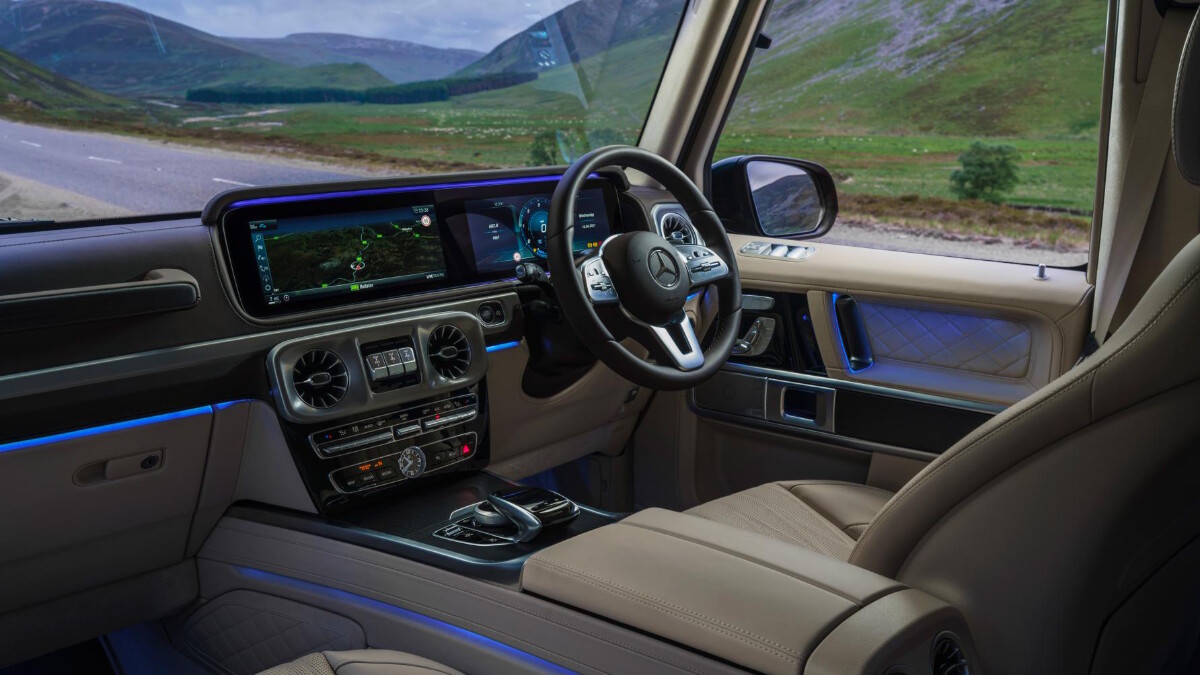
The cabin has improved almost as much as the road manners. The old one was hopelessly cramped front and back, and the environment was utilitarian. Now, there’s actual elbow and knee room, and an extra 150mm of legroom in the back. If that suggests it’s now class-leading...it’s not, it’s just that is was terribly small before. The high floor still means the seating position in the back isn’t particularly relaxing, and if you open the side-hinged tailgate, you’ll find the cargo area is probably a bit smaller than you expect as well. The downside of a ladder-frame chassis is that it’s not anything like as space-efficient as a modern monocoque.
But Merc has done a great job of tarting this one up into something relatively glamorous, something that’s going to appeal to its urban audience. The dash employs the S-Class’s twin 12-inch screens, and thoroughly modern infotainment and functionality, up to and including a 15-speaker, 590-watt Burmester sound system.
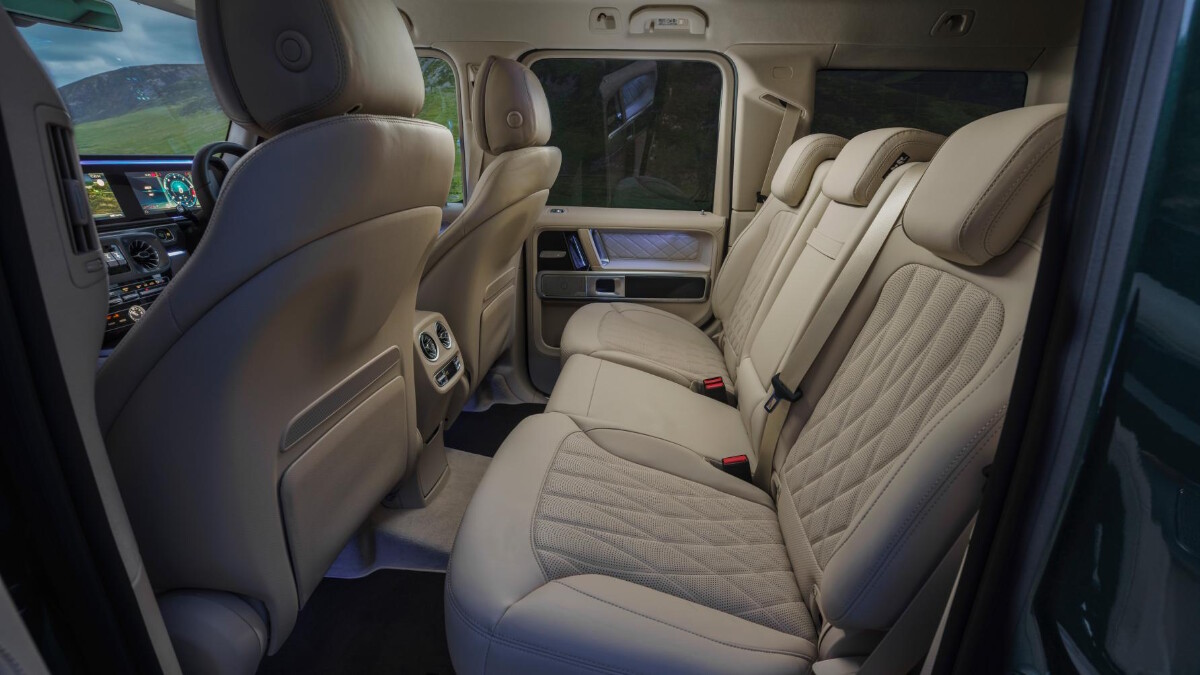
Rear visibility isn’t great, but the upright pillars, the slab sides, and the visible hood actually make the G-Class easy to place for maneuvering. That can be your excuse when your friends ask why you’ve bought a G-Class when you never drive outside the M25.
Couple more things: Apparently, G-Class owners were so wedded to some of the old car’s features that Merc has had to engineer them into the new one. Specifically, the door-slam and door-lock noises. Once heard, never forgotten. Especially the latter, if only because of its volume...
Final thoughts

The G-Class is a stalwart of the Mercedes-Benz range. That’s why it still looks the same. But don’t be deceived—underneath, it’s been transformed. The leaps forward in road manners, cabin design, and quality take the G-Class from being an aging anachronism to a car that can be considered alongside top-end Range Rovers.
It might be moderately less hushed and smooth, but if you really, truly want massive off-road capability, the G won’t let you down. It’s positioning is interesting, demonstrating the value that its maker still places on having a halo car that can go exploring. As such, it asks interesting questions of what Land Rover is going to do with the new Defender.
Guthenke likens the G to a crocodile for the way it’s not changed much because it’s already so well-adapted to its environment. But really, it’s more of a rhino. Tough as teak, yet surprisingly athletic.
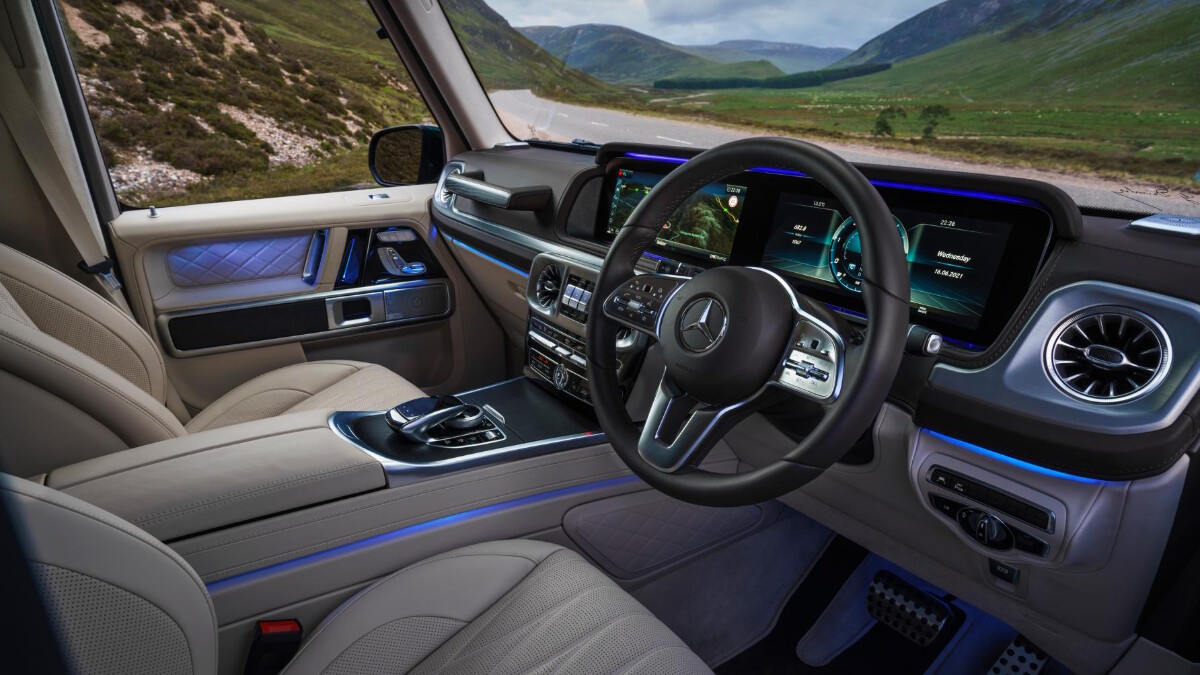


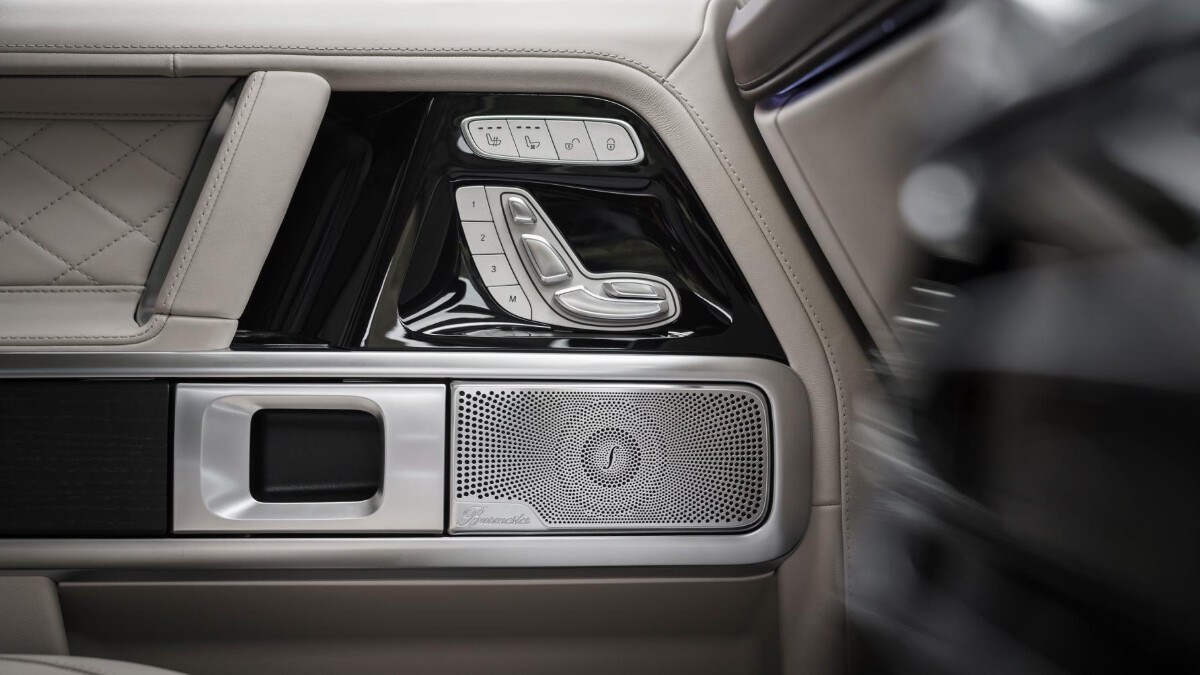
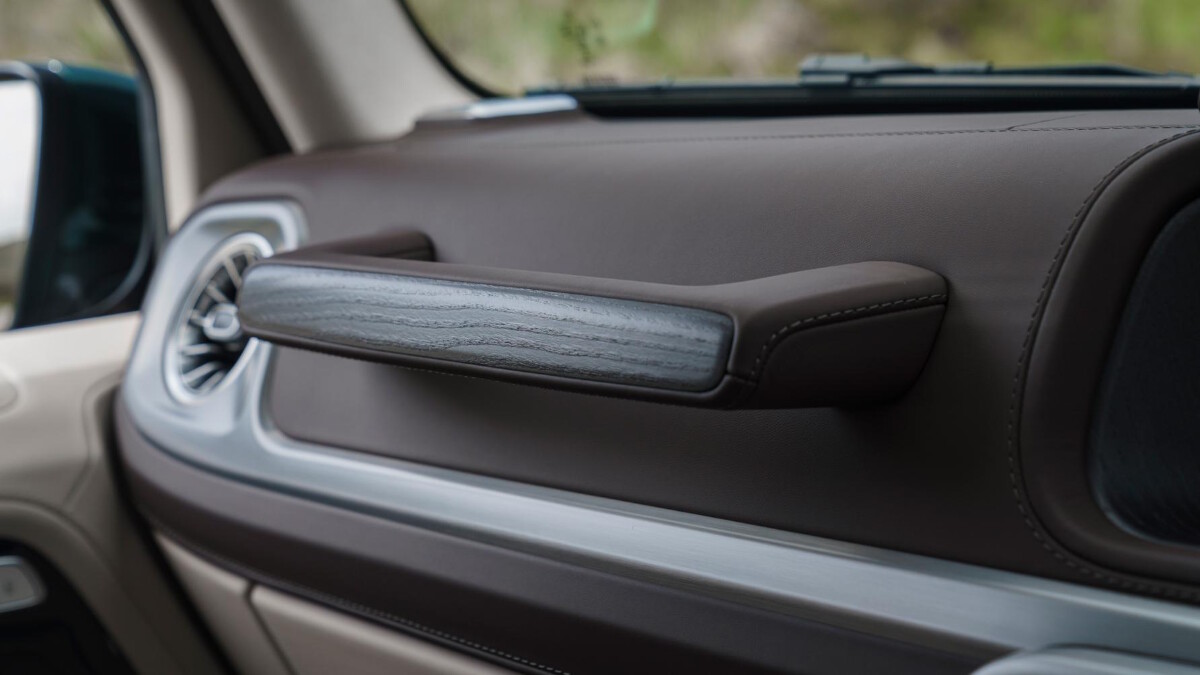
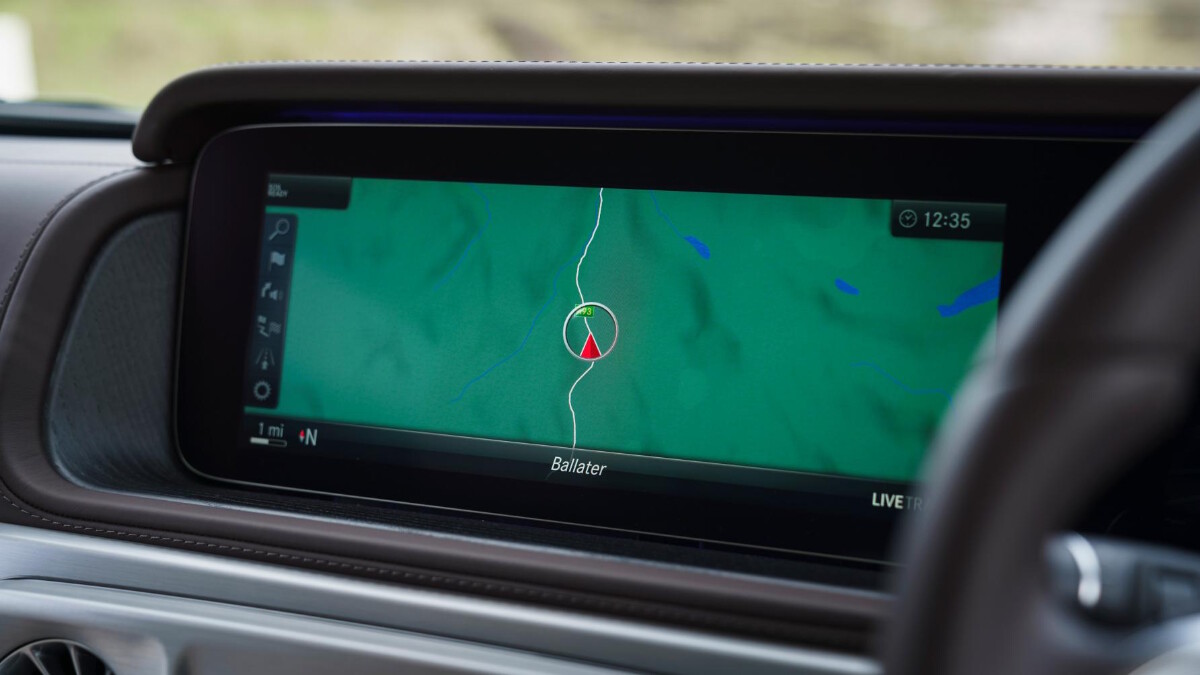

NOTE: This article first appeared on TopGear.com. Minor edits have been made.



